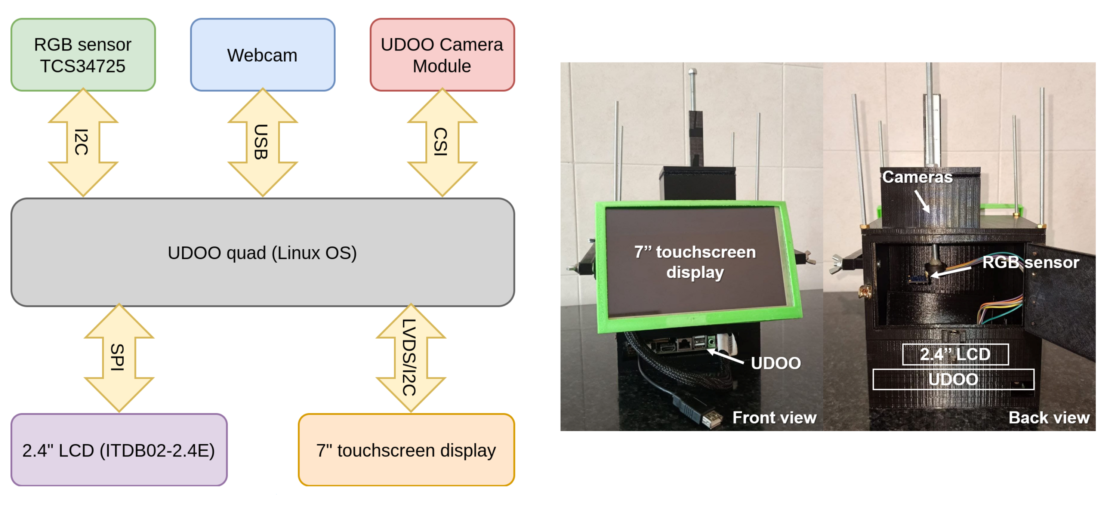 News
News
Computer screen photo-assisted technique: a low-cost interface for colorimetric…
Chemical sensors with an optical response play a key role in industrial, environmental, and clinical fields due to their low-cost, miniaturization capability, and great flexibility. Among the various typologies of optical sensors, colorimetric sensors are desirable because they can identify target substances by associating the concentration with a color change, thereby ensuring an easily measurable analytical response. Colorimetric sensors are devices whose fluorescence emission or absorption properties in the visible spectrum change upon interaction with specific targets. The operating principle of these sensors is relatively simple: they are used in combination with a light source, with a set wavelength, and a detector. The light source illuminates the sensor, and the changes in the spectral properties of the reflected/transmitted radiation or the fluorescence emission are evaluated by using the detector.
The Computer Screen Photo-assisted Technique (CSPT) can be employed for a proper evaluation of the response of this kind of sensors. It is a characterization technique based on a simple but effective idea: it exploits the possibility of using parts of a computer screen as a programmable light source and a camera to record and analyze changes in the spectrum produced by the sample. In such context, the information on the wavelength of the light source (i.e., the color of the employed irradiation) is substitute with an RGB value (i.e., Red, Green and Blue values of a computer screen). This technique aims to create a device capable of evaluating the response of colorimetric sensors by using mainly commercially available devices. Usually, an LCD acts as a light source, and a conventional camera (e.g., a webcam) plays the role of a detector. The light from the LCD is reflected (or transmitted) by the chemical sensor, and the camera detects it.
The a group from the University of Messina, headed by Prof. Nicola Donato (Res4Net member), in collaboration with the ICAR-CNR of Palermo (Italy), developed a compact and low-cost measurement system based on CSPT, able to evaluate spectral information of both reflected and transmitted light from colorimetric sensors. The proposed system uses low-cost components, broadly available on the market and it includes a single-board computer, with a 7-inch touch screen display. The resulted system is powerful, versatile, and compact: able to be employed in on-field applications. A block diagram and a picture of the developed device are shown in the figure.
The developed device supports multiple colorimetric sensors and can be used for in-field applications such as low-cost detection of contaminants (Fe-ions and others, especially highly toxic heavy metals) present in wastewater and used as tracers of chemical contamination.
A more detailed description of the developed prototype can be found here